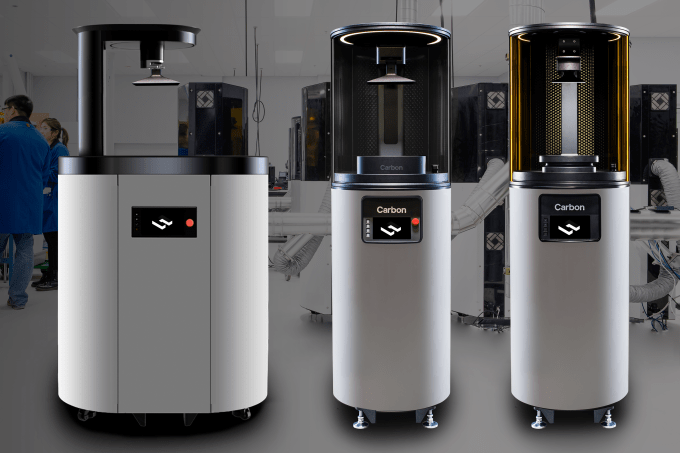Cyborg Mushrooms
Of all the fictional cyborgs who turn against humanity to conquer the planet, this is as far from that possibility as you can get. These harmless mushrooms seem more interested in showing off their excellent fashion sense with a daring juxtaposition of hard grid lines with playful spirals. But the purpose of this bacteria-fungus-technology hybrid is to generate electricity. The mushrooms are there to play nurse to a layer of cyanobacteria, the green gel in the photo, while the straight black lines harvest electricity.
Cyanobacteria do not live very long under these kinds of conditions, so long-term use is out …read more
 Additive manufacturing startup Carbon is on a mission to help manufacturers and designers cut their costs, waste less energy and materials while speeding up the time it takes to get from concept to product on the market. The company, which has raised $221 million in venture capital, is firing up a new service aimed at contract manufacturers, and other high volume manufacturing businesses,…
Additive manufacturing startup Carbon is on a mission to help manufacturers and designers cut their costs, waste less energy and materials while speeding up the time it takes to get from concept to product on the market. The company, which has raised $221 million in venture capital, is firing up a new service aimed at contract manufacturers, and other high volume manufacturing businesses,…